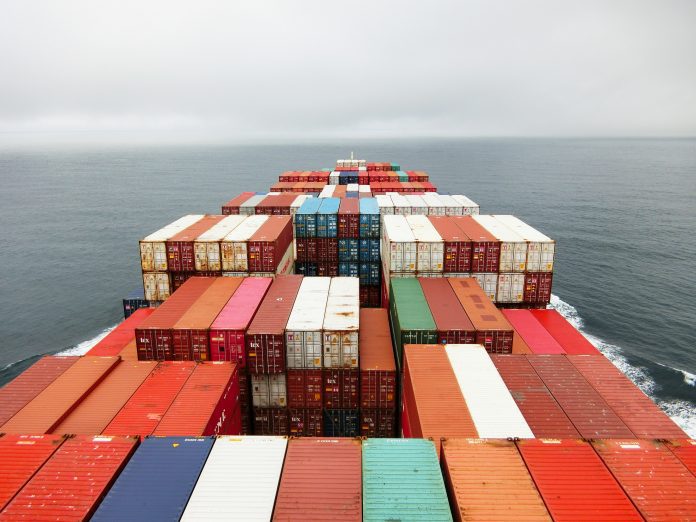7 ways to avoid common freight and shipping fraud

1. Be rate savvy
Competitive pricing is great, but a scammer posing as an ocean freight forwarder may be trying to lure you in with an extremely reduced rate. Do your research by gathering a range of quotes from other freight forwarders to get an idea of what a shipment typically costs. It is all very well trying to save money at the outset, but if it means that your goods never make it to their intended destination, your company could be out of pocket.
2. Familiarise yourself with Incoterms 2020
The latest version of the International Chamber of Commerce’s international rules and regulations coordinating the practice of cross-border cargo shipments,Incoterm, came into effect on 1 January 2020. Knowing and understanding Incoterms will help to ensure that procurement, sales, and other international trade transactions proceed without any undue risks.
3. Withholding the Bill of Lading
SeaRates has previously written about the importance of the Bill of Leading. Scammers posing as ocean freight forwarders will typically not issue a Bill of Lading. Instead, they might assert that this was never released to them. Without this, the shipment will not be able to make it to its intended destination and you may well hear from your customer asking when they can expect their goods to arrive.
4. Use recommendations
Customer reviews and testimonials can be helpful when it comes to finding a reliable ocean freight forwarder. Another way to find an established freight forwarder is through custom broker associations or port authorities. They should be able to provide recommendations, or in the case of an association, a list of member freight forwarding companies or freight brokers.
5. Request a meeting
Meeting a representative from an ocean freight forwarder can help to verify the legitimacy of the company and allay any concerns. Or it may well confirm those concerns, in which case, you know to take your business elsewhere. If face-to-face meetings are not an option, then request a video call with a representative from the freight forwarder. If they come across as reluctant to speak or show their face in communications, this might ring alarm bells.
6. Verify what you think you know
One approach commonly used by fraudsters is to create a website that, to all intents and purposes, looks like that of a well-known freight forwarding company. But a closer review is likely to throw up some clues. Check particularly for inaccuracies such as the company name being misspelt. Other common red flags include the domain name or URL appearing as unusual or not as anticipated.
Before agreeing on anything or committing to any transactions, take the time to verify the company’s authenticity. This can be done by:
- Contacting the relevant industry association or a national registry of companies.
- Checking the validity of any contact or location details the company provides on its website.
- Requesting a freight forwarding company’s shipping and billing addresses and then checking them out.
7. Make your plan
Following the tips above should help you find the right freight forwarder and avoid any scams along the way. Recognise that while fraud is on the rise and a risk to be aware of, most freight forwarders are not out to scam you. A trusted supplier should be able to demonstrate their track record in freight forwarding. If they can’t, you will want to know why.
